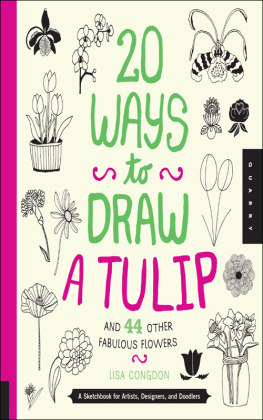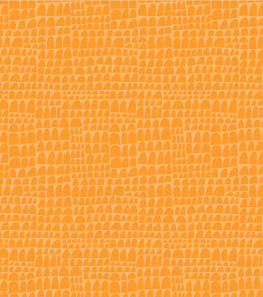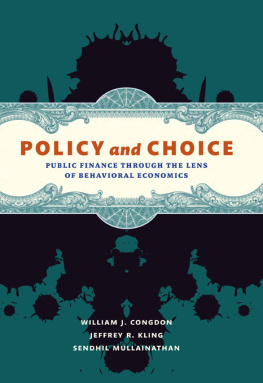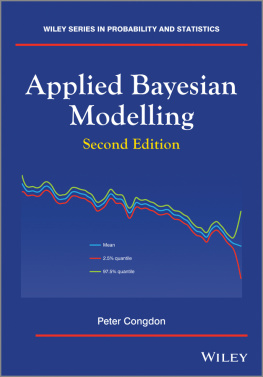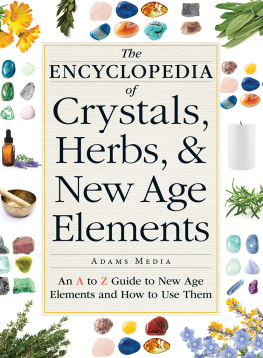Lisa Congdon - Illustrated Encyclopedia of the Elements
Here you can read online Lisa Congdon - Illustrated Encyclopedia of the Elements full text of the book (entire story) in english for free. Download pdf and epub, get meaning, cover and reviews about this ebook. City: La Vergne, year: 2021, publisher: Chronicle Books LLC, genre: Religion. Description of the work, (preface) as well as reviews are available. Best literature library LitArk.com created for fans of good reading and offers a wide selection of genres:
Romance novel
Science fiction
Adventure
Detective
Science
History
Home and family
Prose
Art
Politics
Computer
Non-fiction
Religion
Business
Children
Humor
Choose a favorite category and find really read worthwhile books. Enjoy immersion in the world of imagination, feel the emotions of the characters or learn something new for yourself, make an fascinating discovery.

- Book:Illustrated Encyclopedia of the Elements
- Author:
- Publisher:Chronicle Books LLC
- Genre:
- Year:2021
- City:La Vergne
- Rating:5 / 5
- Favourites:Add to favourites
- Your mark:
- 100
- 1
- 2
- 3
- 4
- 5
Illustrated Encyclopedia of the Elements: summary, description and annotation
We offer to read an annotation, description, summary or preface (depends on what the author of the book "Illustrated Encyclopedia of the Elements" wrote himself). If you haven't found the necessary information about the book — write in the comments, we will try to find it.
Illustrated Encyclopedia of the Elements — read online for free the complete book (whole text) full work
Below is the text of the book, divided by pages. System saving the place of the last page read, allows you to conveniently read the book "Illustrated Encyclopedia of the Elements" online for free, without having to search again every time where you left off. Put a bookmark, and you can go to the page where you finished reading at any time.
Font size:
Interval:
Bookmark:
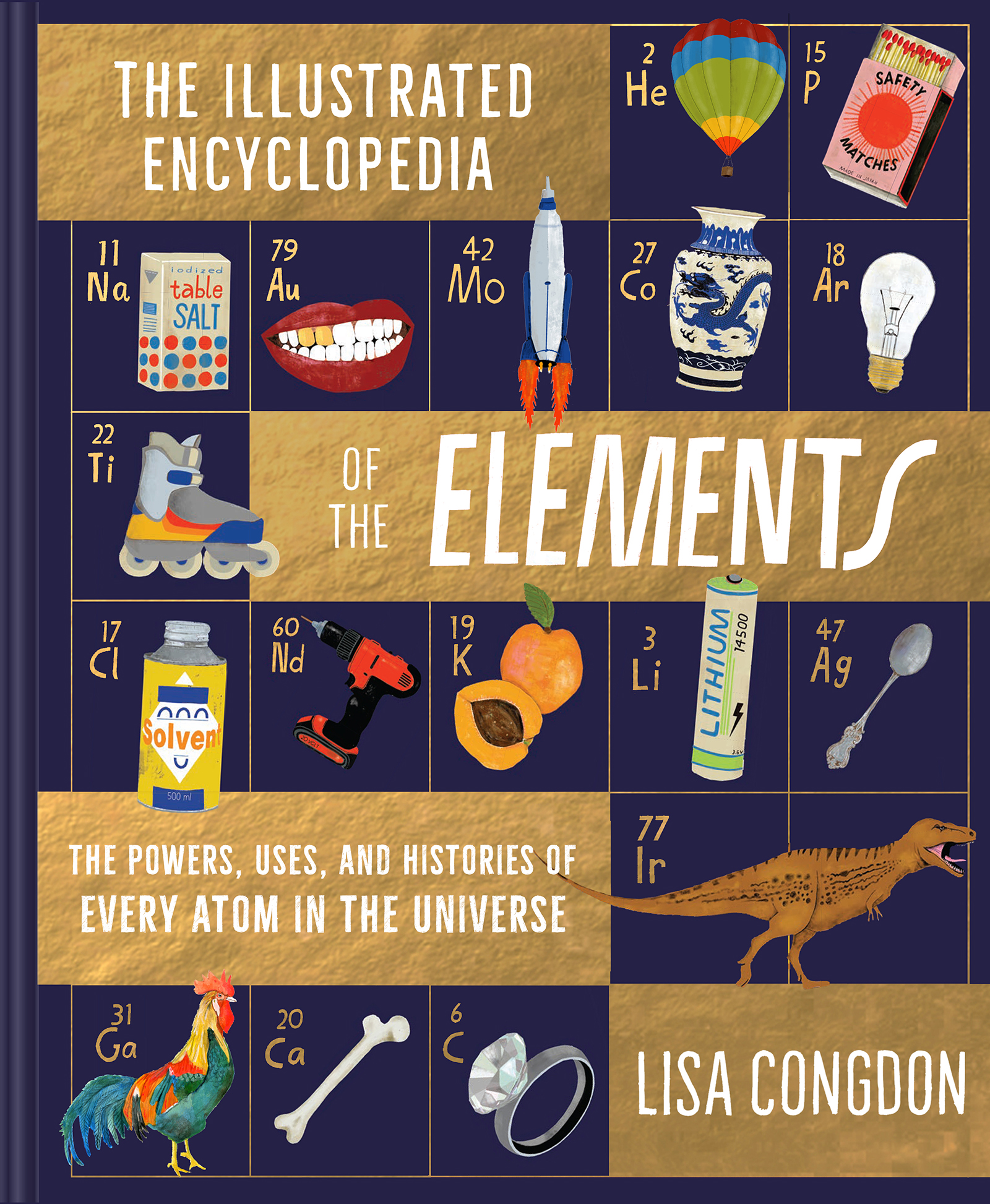



For my sister Stephanie, without whom this book would not exist.
It is as much yours as it is mine.
I love you. L. C.

Text and illustrations copyright 2021 by Lisa Congdon.
All rights reserved. No part of this book may be reproduced in any form
without written permission from the publisher.
PEPTO-BISMOL is a trademark of The Proctor & Gamble Company.
ROLLERBLADE is a trademark of the Tecnica Group S.p.A.
WALKMAN is a trademark of Sony Corporation.
Library of Congress Cataloging-in-Publication Data available.
ISBN 978-1-4521-6159-4 (hc)
ISBN 978-1-4521-6270-6 (epub, mobi)
Design by Jay Marvel and Patrick T. OHay.
Typeset in Capita and Sofia Pro Soft.
The illustrations in this book were rendered in
gouache and edited digitally.
Chronicle Books LLC
680 Second Street
San Francisco, California 94107
Chronicle Bookswe see things differently. Become part of our
community at www.chroniclekids.com .



 hen I was a little girl, I would sit at the kitchen table and watch my father work. After dinner he would write equations on graph paper. I knew he was a scientist, but the exquisite handwritten equations were all I knew about what my father did in his career as a physicist. At that time, I was intrigued, but science seemed mysterious and complicated to me. It wasnt until I became an elementary school teacher in my early twenties and began teaching various science subjects to my students that science came to life for me. I loved learning with my students about the elements that make up the universe. Years later, I am no longer a teacher, but a professional artist, and making this book is a way for me to use my interest in science and my love for drawing pictures to bring the elements of the periodic table to life for kids and adults alike. Both art and science are enormously creative fields. Both require openness to innovation and rigorous discipline. Both force us to experiment with our ideas in the zone where our minds and hands come together. Artists and scientists dive deep into their subject matter and study things, such as people, culture, history, religion, and mythology. From these investigations, we have the opportunity to transform information into something new.
hen I was a little girl, I would sit at the kitchen table and watch my father work. After dinner he would write equations on graph paper. I knew he was a scientist, but the exquisite handwritten equations were all I knew about what my father did in his career as a physicist. At that time, I was intrigued, but science seemed mysterious and complicated to me. It wasnt until I became an elementary school teacher in my early twenties and began teaching various science subjects to my students that science came to life for me. I loved learning with my students about the elements that make up the universe. Years later, I am no longer a teacher, but a professional artist, and making this book is a way for me to use my interest in science and my love for drawing pictures to bring the elements of the periodic table to life for kids and adults alike. Both art and science are enormously creative fields. Both require openness to innovation and rigorous discipline. Both force us to experiment with our ideas in the zone where our minds and hands come together. Artists and scientists dive deep into their subject matter and study things, such as people, culture, history, religion, and mythology. From these investigations, we have the opportunity to transform information into something new.
The periodic table is a catalog of everything tangible in our world. Everything we touch, eat, drink, and breathe is made up of the elements. Some elements are so common that they are part of our everyday vocabulary, such as oxygen, aluminum, and silver. Conversely, some elements, such as yttrium, antimony, and moscovium, are so obscure that their names and uses are unknown to many of us.
At first glance, the periodic table of elements might look like a boring, uninspiring chart. And if you look at it simply as a series of boxes, it will be pretty boring. However, if you dive into the table, you will begin to understand that it is not boring at all, nor is it mysterious or random, as I once thought. It is a chart that is organized by predictable truths about the way everything on Earth is built, starting with tiny atoms and even tinier protons, neutrons, and electrons.
With a few exceptions, nearly every element on the periodic table has a purpose in our world. Even some of the most poisonous or dangerous elements have compelling roles in our lives. Some elements keep our bodies working efficiently. Others kill deadly cancer cells and help us detect harmful diseases. Still others are mined from rocks for bridges, buildings, and airplanes. We are constantly finding new ways to use the elements in technology, health care, and the generation of energy to fuel our world.
If you are a person who likes to ask why and how, you might already be a scientist. In this book, I will introduce you to the dynamic and fascinating elements, the roles they play in our lives, and how they function in the world, as well as some of the compelling stories about the people who discovered them. Dmitri Mendeleev, the guy who organized the periodic table back in 1869, was a curious young person, just like you! Every discovery starts with curiosity.


 verything in the world that you see and feelyour body, the ground you are standing on, the book you are holding, the stars in the skyis made of elements. There are 118 known elements in the universe. More than 90 are naturally occurring on Earth, and the remainder are human-made. In turn, the elements are made up of gazillions of tiny atoms. A single element is a pure substance that is made from one kind of atom, and cant be broken down into any smaller, simpler substances. For example, the element hydrogen contains only hydrogen atoms, and the element silver contains only silver atoms.
verything in the world that you see and feelyour body, the ground you are standing on, the book you are holding, the stars in the skyis made of elements. There are 118 known elements in the universe. More than 90 are naturally occurring on Earth, and the remainder are human-made. In turn, the elements are made up of gazillions of tiny atoms. A single element is a pure substance that is made from one kind of atom, and cant be broken down into any smaller, simpler substances. For example, the element hydrogen contains only hydrogen atoms, and the element silver contains only silver atoms.



A helium (He) atom has two protons, so its atomic number is 2. The atomic mass (the weight) of helium is 4 and is measured by the sum of the protons and neutrons in the atom. The number of electrons in an atom doesnt affect either measurement.
Atoms are so tiny that they are too small to see except with extremely powerful microscopes! Every atom has a dense center called a nucleus. Forming the nucleus are two kinds of particles: protons, which have a positive electrical charge, and neutrons, which have no charge. Bound to the nucleus are one or more electrons, which are particles with a negative charge. Scientists used to describe atoms as tiny solar systems, with the electrons orbiting around the nucleus like planets around the sun, but atoms are a lot hazier than that. If you imagined the tiny nucleus as a pea, it would be centered in a football stadiumsize cloud that includes the electrons. We cant be sure where the electrons are because they are impossible to pin down.
Next pageFont size:
Interval:
Bookmark:
Similar books «Illustrated Encyclopedia of the Elements»
Look at similar books to Illustrated Encyclopedia of the Elements. We have selected literature similar in name and meaning in the hope of providing readers with more options to find new, interesting, not yet read works.
Discussion, reviews of the book Illustrated Encyclopedia of the Elements and just readers' own opinions. Leave your comments, write what you think about the work, its meaning or the main characters. Specify what exactly you liked and what you didn't like, and why you think so.

